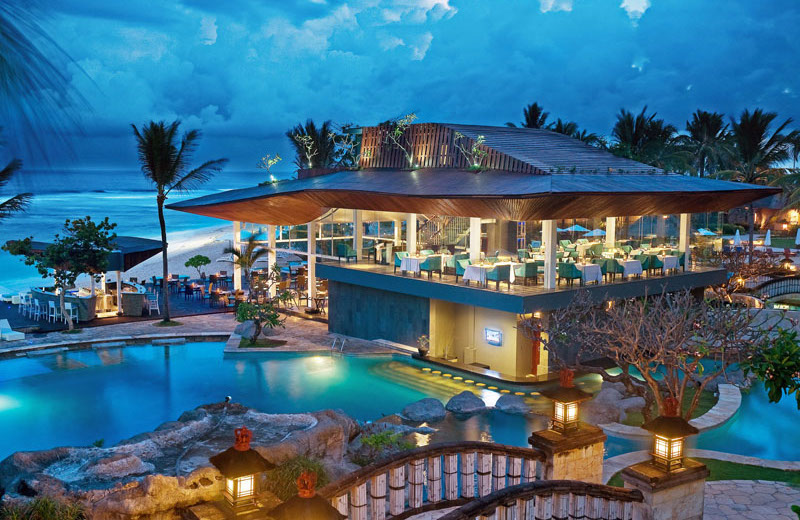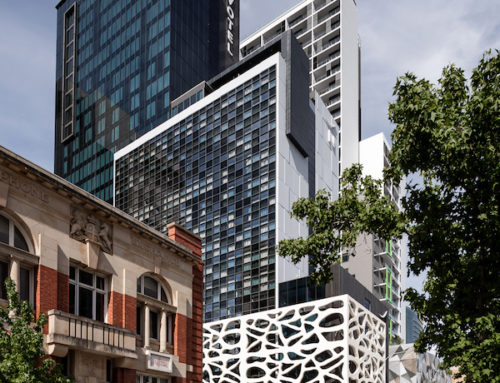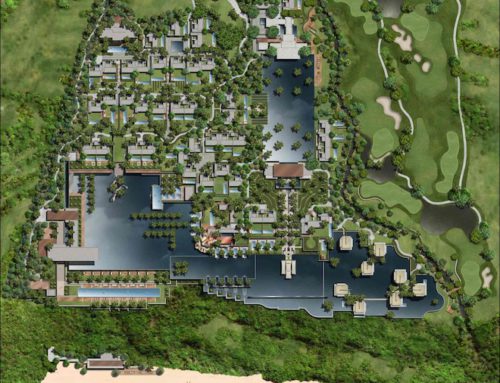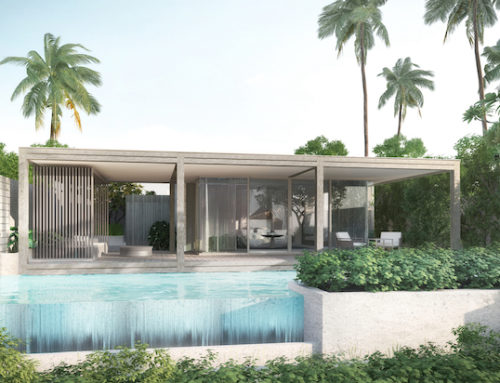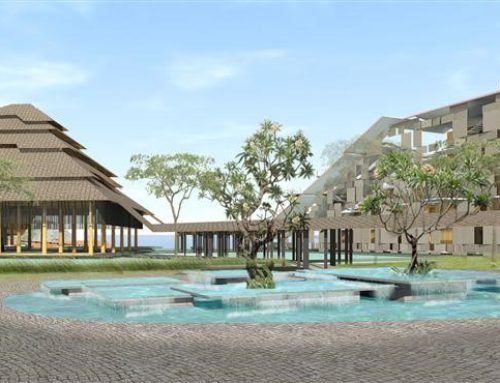| COMMENCEMENT DATE | 1992 |
| COMPLETION DATE | 1996 |
| CLIENT | PT. Caterison Sukses |
| BUILDING OWNER | PT. Caterison Sukses |
| DEVELOPER | PT. Caterison Sukses |
| ARCHITECT | Wimberley Alison Tong & Gou / PT. Airmas Asri |
| BUILDER | Multiplex / PT. Widjaya Kasuma |
| CAPITAL VALUE | $85 Million |
PROJECT
The Nikko Bali Hotel is a 4-Star Resort Hotel consisting of five separate buildings, incorporating a total of 436 guest rooms, three restaurants, two bars, a health spa, conference facilities, swimming pools, water features and extensive landscaping.
Operated by Japanese Airlines (JAL), the hotel is located in Sawangan Bali and is constructed on the cliff face overlooking the Pacific Ocean.
Floth provided mechanical, electrical, fire and hydraulic design, documentation and construction phase services utilsing resources from both their Sydney and Jakarta offices.
When the hotel was built in 1993/94, public infrastructure in Bali was limited and the site was not serviced with the basic utilities of electricity, water and sewerage, which required the hotel to be largely self-sufficient.
In order to provide reliable electricity supply to the site, a prime power generation plant was implemented incorporating 4 × 1250kVA diesel generators operating in a fully automatic unattended mode. The installation included a total of 270,000 litres of diesel fuel storage which provided 30 days operation at 100 percent occupancy rate. This was combined together with extensive acoustic treatment due to the close proximity of the generators to the guest rooms and the ball room.
The inclusion of a prime power station provided ideal opportunities to improve energy efficiency through the implementation of co-generation principles, whereby waste heat from the engines was utilised for the purpose of hot water heating and pre-heating feed water to the steam boilers.
The provision of a reliable water supply to the hotel also presented its own particular challenges, with both bore and sea water sources examined in some detail before being discounted in favour of an extension to the utility mains. Bore water on the site provided to be both scarce (unreliable) and highly saline, whilst the intensive power requirements associated with desalination (reverse osmosis) proved to be cost prohibitive.
In addition, a sewerage treatment plant was incorporated in the design with effluent treated to a level whereby it could be utilized for irrigation of the extensive landscaped areas.
